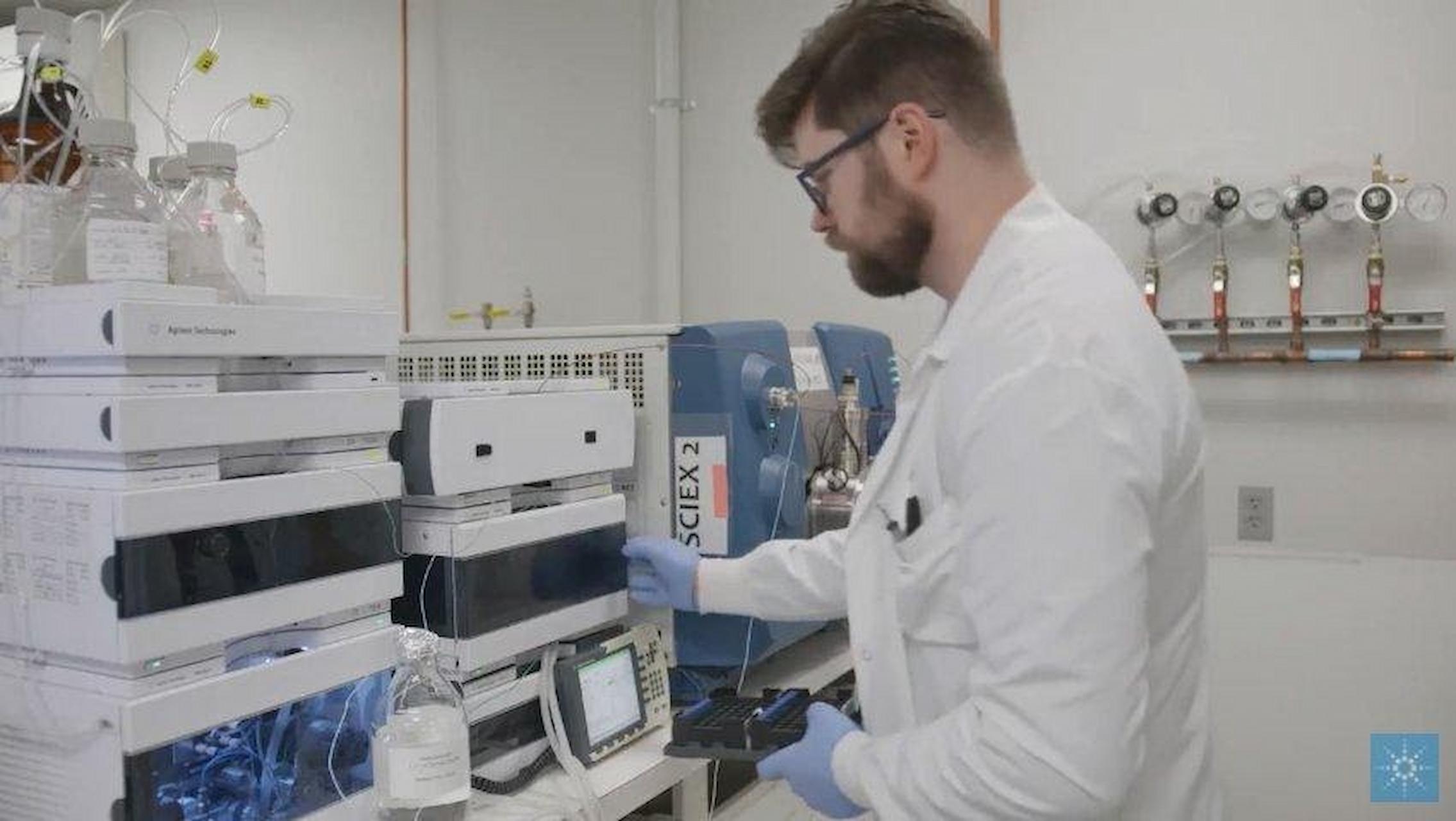The goal of this work is to discuss some essential subjects linked to UV–Vis spectrophotometry, which is frequently used for the identification and quantification of organic molecules. There is a focus on both qualitative and quantitative analysis, as well as direct and derivatization techniques. Some pretreatment sample procedures are given since the substances to be evaluated are present in very low concentrations in some circumstances. In addition, the many types of detectors used in UV–Vis spectrophotometry are discussed, as well as how mathematical methodologies can be used to extract information from UV-Vis Spectroscopy.
Definition of Colorimeter and Spectrophotometer
Colorimeter
A colorimeter is a device that measures the absorbance of a specific wavelength of light passing through a solution. It uses the Beer-Lambert law to determine the concentration of a particular solute in a solution.
Spectrophotometer
When a beam of light is transmitted through a spectrophotometer, it measures the light-absorbing or transmitting capabilities of solutions. The wavelength of light and the type of solution determine how much light is absorbed or transmitted by chemical solutions.
- A colorimeter is a device that determines how much of a transmitted beam of light is absorbed by a certain solution. The transmittance level of a spectrophotometer, on the other hand, measures the intensity of light as a function of color or wavelength of light.
- Colorimeter provides psychophysical analysis by measuring color in the same way as the human eye and brain do when visualizing things. While a spectrophotometer produces a physical analysis that can be used to acquire colorimetric data indirectly.
- In comparison to spectrophotometers, colorimeters are regarded to be less sensitive equipment.
- Colorimeters are less expensive than spectrophotometers.
- The design of a colorimeter is less complex, lighter in weight, and more rugged in general, resulting in less wear and tear during operation, whereas the design of a spectrophotometer is more complex, resulting in greater wear and strain.
- Colorimeters have fixed components, whereas spectrophotometers have non-stationary components.
- Colorimeters have a set wavelength, usually in the visible spectrum, but spectrophotometers have a wide range of variable wavelengths, including UV, infrared, and visible.
- Colorimetric data is obtained directly from tristimulus analysis, whereas spectrophotometric data is derived indirectly from colorimetric analysis.
- Color comparison and color difference adjustments can be done using a colorimetric test. The spectrophotometer, on the other hand, aids in color formulation and variable illuminant measurement.
- The colorimeter determines the concentration of the substance based on the intensity of absorption. The intensity of light, on the other hand, aids in the identification of organic and inorganic substances.
It is evident from this discussion that a colorimeter and a spectrophotometer are two instruments that operate on the same principle, but one measures the concentration of a solution and the other determines the intensity of light passing through a solution.





